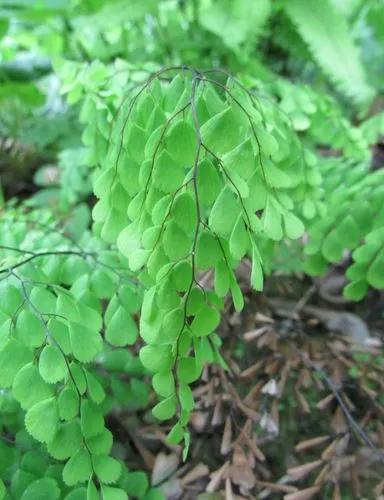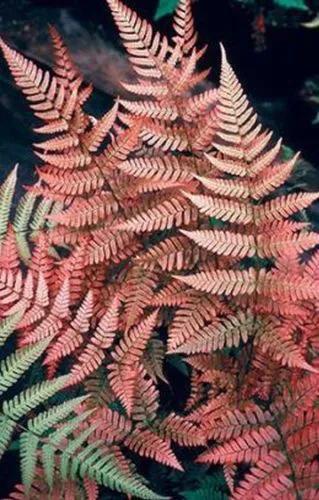If you're an indoor plant enthusiast looking to infuse your home with a touch of the tropics, look no further than the Mother Fern. With its delicate, vibrant green fronds and a knack for thriving in humid environments, this fern is a popular choice among indoor plant collectors. Bring home the Mother Fern, and watch as its lush, verdant fronds effortlessly create a natural oasis, filling any room with a soothing, tranquil ambiance.
Mother Fern Care
Asplenium bulbiferum



Prepare to be mesmerized by the captivating beauty of the Mother Fern, a tropical fern that exclusively calls New Zealand its home. As part of the vast Asplenium genus, which boasts over 600 fern species, this fern stands out for its exceptional adaptability to various conditions. Whether you choose to showcase it as an indoor plant or incorporate it into the shady corners of your outdoor garden, the Mother Fern is guaranteed to flourish. Keep in mind that it's also known by the charming names of Hen and Chickens Fern and goes by the Māori monikers Pikopiko, Mouku, or Mauku.
How to Care for the Plant

Water

Keep Asplenium bulbiferum content by providing it with the moisture it craves. This fern thrives when the soil is consistently moist, so regular watering is essential. Aim to keep the soil evenly moist but not waterlogged, striking a perfect balance that promotes healthy growth. Enhancing the humidity levels around the plant can be achieved by misting its fronds regularly, creating an environment that closely resembles its preferred humid habitat.

Pruning

It does not require frequent pruning, but dead or damaged fronds can be trimmed off as needed.

Fertilizer

The fern should be fertilized every other month during the growing season with a balanced, water-soluble fertilizer. It is important to dilute the fertilizer according to the instructions on the label, as too much fertilizer can burn the plant.

Sunlight

It prefers partial to full shade. It will tolerate full sun in cooler climates, but in areas with hot summers, it is best to provide some afternoon shade to prevent the leaves from getting sunburnt. In general, the plant should receive at least 4 hours of indirect sunlight per day.

Soil

A well-draining potting mix that is primarily peat-based and rich in organic matter is highly recommended. For optimal results, consider blending together a mixture of peat moss, perlite, and sand, creating a nutrient-rich medium that ensures proper moisture levels and facilitates the fern's flourishing growth.

Propagation

They can be propagated from spores or bulblets. To propagate from spores, collect the spores from the underside of the fronds and sow them on a bed of sterile, moist soil or peat moss. To propagate from bulblets, carefully remove the bulblets from the undersides of the fronds and plant them in moist soil or peat moss.

Temperature

It prefers a warm, humid environment and should be kept in a location where the temperature stays between 60-80°F (15-26°C). It is sensitive to cold drafts and should be protected from extreme temperatures.

Container

When it comes to selecting the perfect home for your Mother Fern, opt for a generously-sized pot that provides ample space for its root system to spread comfortably. Ensuring proper drainage is key, so it's recommended to choose a pot equipped with holes at the bottom. This will prevent excess water from accumulating and potentially suffocating the plant's roots.

Fun fact

This fern has a remarkable ability to produce small plantlets known as "bulblets" on the undersides of its fronds. These bulblets serve as miniature replicas of the parent plant and can be effortlessly detached and propagated to create new, thriving ferns.

Popularity

344 people already have this plant 53 people have added this plant to their wishlists
Discover more plants with the list below
Popular articles






